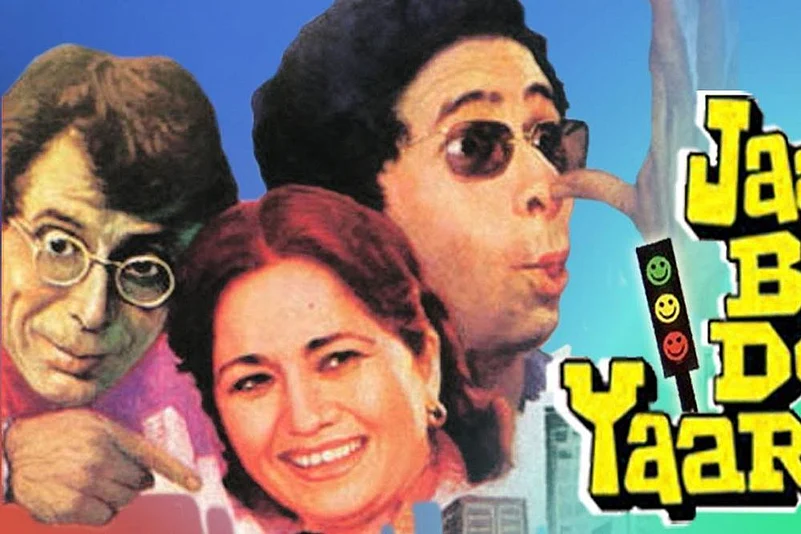Kundan Shah, the unassuming man behind the iconic Jaane Bhi Do Yaaro who passed away at 69 in Mumbai on Saturday, will undoubtedly have an assured place in the pantheon of great Indian film makers primarily because of his 1983 cult classic but his potential was never exploited to the hilt in Bollywood.
Janne Bhi Do Yaaro was not conceived or made as a classic that it eventually became in the years to come. In fact, Shah had a tough time making the film on a shoestring budget. Thankfully, he had at his disposal an assortment of talented actors, from Naseeruddin Shah and Ravi Baswani to Om Puri and Pankaj Kapoor, who were committed enough to work for a pittance to champion the cause of good cinema at the time when mediocrity had become the second name of Bollywood.
Advertisement

Amitabh Bachchan’s best was already behind by then and the mainstream commercial cinema was dishing out kitsch in the name of entertainment. But Shah chose to explore the unusual genre of social and political satire that had rarely been experimented with in the past. A master story teller, Shah could make a telling commentary on the scourge of corruption at the height of the licence-permit raj in the Eighties, when the bureaucrat-contractor nexus was an ineluctable part of the system.
It was not as though other film makers of his generation fought shy of tackling the theme of systemic corruption. Amitabh Bahchchan’s Inquilab, Rajesh Khanna’s Aaj ka MLA Ram Avtaar, Jitendra’s Meri Awaaz Suno and Yesh Desh were all being made at around the same time but while commercial film makers chose to drive home their message through invective spewed by teeth-clenching, larger-than-life heroes, Shah chose to rely on subtle humour and realistic characters.
Advertisement
Incidentally, the film’s success also took place when Bollywoood was facing its worst crisis arising out of of rampant video piracy. With no movie offer coming his way after Jaane Bhi Do Yaaro, Shah went on to channel his entire creativity into television which had emerged as a popular medium with serials like Hum Log and Buniyad in the mid-1980s. Sensing immense potential in the goggle-box, Shah came up with some of his best work on television with serials such as Yeh Jo Hai Zindagi, Nukkad and Wagle ki Duniya and a few others that became extremely popular, establishing his reputation as a master craftsman who straddled the worlds of big and small screens with equal flair and felicity.
Advertisement
However, he did return to the big screen with two good movies in later years, Kabhi Haan Kabhi Naa (1994) which had Shahrukh Khan delivering one of his best performances, and Kya Kehna (2000), a Preity Zinta-Saif Ali Khan starrer. But the turn of the millennium did see the slide in his career with films such as Hum To Mohabbat Karega (2000), Dil Hai Tumhaara (2002), Ek Se Badhkar Ek (2004), The Three Sisters (2005), Persai Kehta Hain (2006) and P Se PM Tak (2014) failing to make any impact either on the critics or at the box office.
In an industry driven purely by commercial considerations, the failure of Shah’s last few movies left him almost in oblivion but that was hardly a reflection on the abundant talent of a man. It is pity that a director with such aesthetic sense and sensibility remained in wilderness for years before his death when generations of actors and film makers hailed his first directorial venture in unequivocal terms as a cult classic of all times. It is also ironical that he was all but forgotten in the multiplex era which saw the gradual efflorescence of content-driven cinema and needed directors like him who understood the urban audience.
Knowing the man that he was, Shah would probably have dismissed his neglect and prolonged stay in oblivion in his last years by saying “jaane bhi do yaaron” but there is no denying that he was not given the due he richly deserved. Thankfully, his one movie was enough to make him immortal in the history of Indian cinema.




















